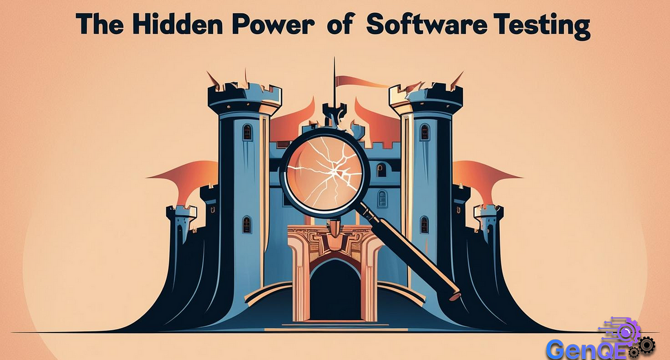Medium
1M
155

Image Credit: Medium
The Hidden Power of Software Testing in Modern Development
- Great software testing serves as the foundation for reliable, scalable, and user-friendly applications, ensuring data integrity and user trust.
- Companies like Google, Netflix, and Amazon rely on sophisticated testing strategies to maintain high reliability and customer satisfaction.
- Modern software testing is integrated throughout the development lifecycle, influencing requirements gathering to post-production monitoring.
- Effective testing goes beyond bug-finding, encompassing activities that ensure software quality and alignment with business goals.
- Business logic validation, user experience testing, and regression testing play crucial roles in ensuring software reliability and user satisfaction.
- Shift left testing philosophy advocates for early integration of testing perspectives, practices, and expertise in the development process.
- Automation complements manual testing by amplifying human expertise while balancing test stability, frequency, business criticality, and maintenance overhead.
- Test debt, test coverage, and metrics like defect leakage and customer impact correlation help organizations assess testing effectiveness and make informed decisions.
- Quality advocates, embedded testers, and collaborative testing practices are transforming the role of software testers into quality enablers and business partners.
- Effective testing practices enable faster time-to-market, reduced support costs, improved customer satisfaction, and confidence in pursuing business initiatives.
- Investing in advanced testing capabilities and viewing testing as a strategic business enabler can lead to sustainable growth, innovation, and customer loyalty.
Read Full Article
9 Likes
For uninterrupted reading, download the app